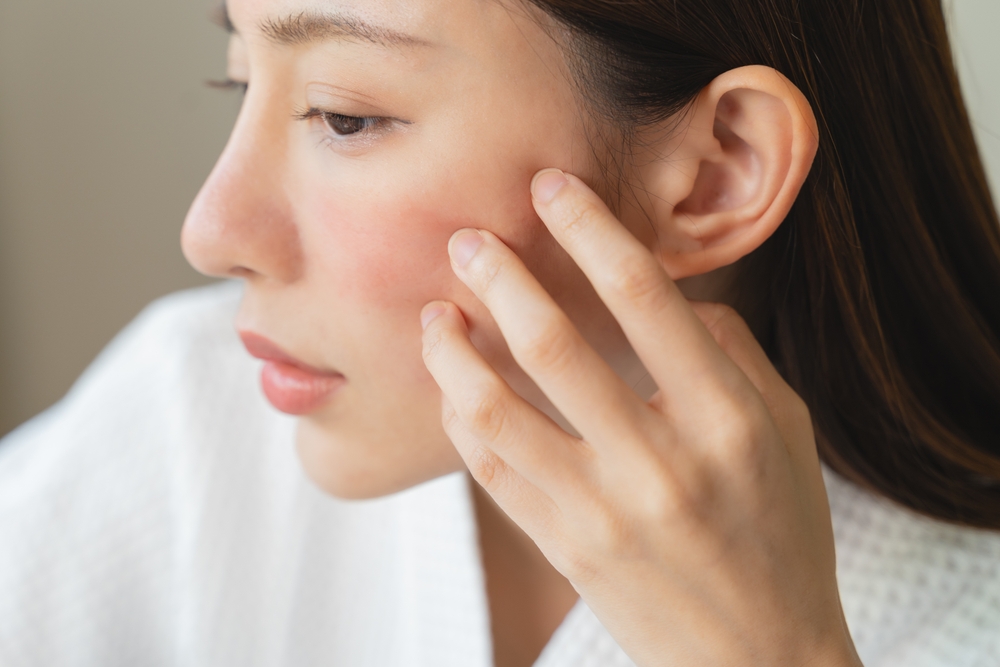Knowing the Right Treatment Depends on Knowing Your Skin’s Real Needs
Others are reading now
In the world of skincare, the terms “dry” and “dehydrated” are often used interchangeably — but they mean very different things.
And that difference could be the key to finally getting your skin the relief and glow you’ve been chasing.
Dehydrated Skin: A Lack of Water
Dehydrated skin isn’t a skin type — it’s a temporary condition caused by water loss. It can affect anyone, even those with oily or combination skin.
Symptoms include dullness, fine lines, tired-looking eyes, and loss of elasticity. If you’re unsure, try the pinch test: gently pinch your skin — if it doesn’t snap back quickly, dehydration may be the culprit.
Also read
To treat it, think hydration. Ingredients like hyaluronic acid, glycerin, aloe, honey, and snail mucin draw water into the skin.
But hydration alone isn’t enough — seal it in with a light moisturizer to keep the water from evaporating.
Dry Skin: A Lack of Oil
Dry skin, or xerosis cutis, is a skin type where your skin lacks lipids (natural oils). It tends to feel rough, flaky, and irritated, and may come with redness or conditions like eczema.
Here, you need moisturization. This means applying richer ingredients like shea butter, plant oils (e.g. squalane, jojoba, rosehip), mineral oil, ceramides, or urea to replenish and lock in that oil barrier.
Ingredients to Use — and Avoid
| Ingredient | Best For |
|---|---|
| Hyaluronic acid | Both (lock it in!) |
| Glycerin, Aloe, Honey | Dehydrated |
| Shea Butter, Plant Oils | Dry |
| Ceramides | Both |
| Lactic/Citric Acid | Dehydrated (gentle exfoliation) |
Avoid fragrances, alcohol, dyes, and rough exfoliants — all of which can worsen irritation in both cases.
Everyday Habits Matter
- For dehydrated skin: Drink more water, eat water-rich foods (like watermelon, cucumber, strawberries), and mist throughout the day.
- For dry skin: Moisturize immediately after cleansing, use a humidifier, and consider overnight masks or wearing gloves/socks after applying cream to affected areas.
The Takeaway
Dry and dehydrated skin require different treatments — one needs oil, the other needs water. Misdiagnosing your skin could lead to worse irritation or ineffective care.
If symptoms persist or worsen, a dermatologist can help identify your skin’s needs and recommend products or treatments that work best for you. Understanding your skin is the first step to treating it right.


